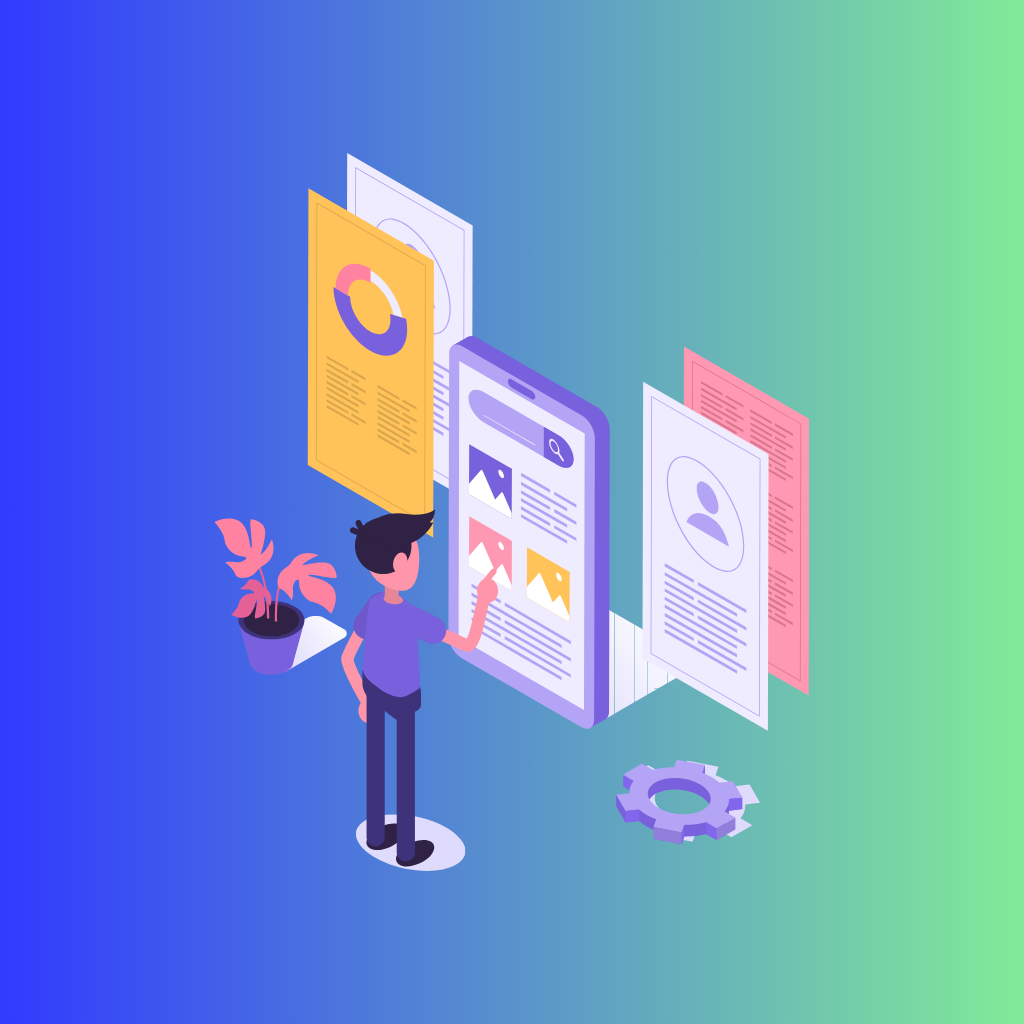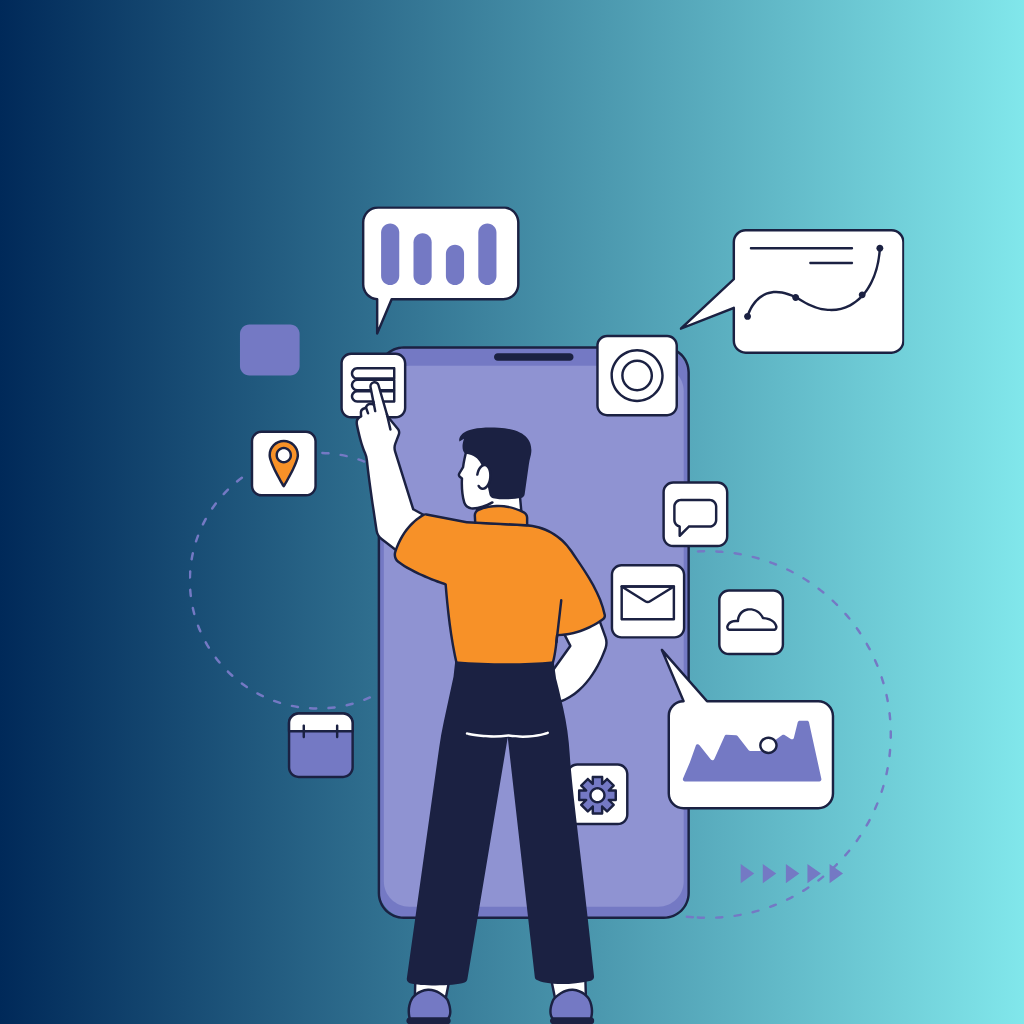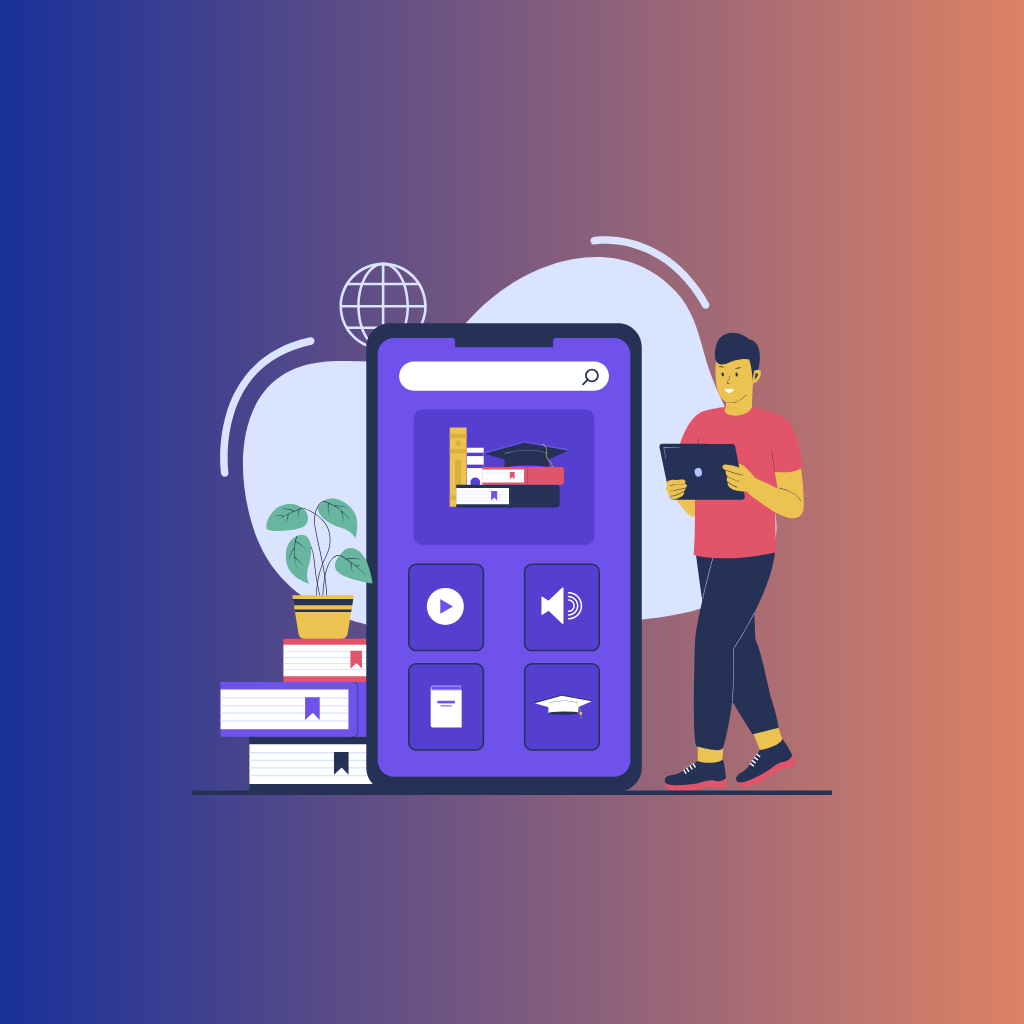Developers face constant pressure to deliver apps quickly to meet market demands and stay ahead of competitors. However, rushing the development process can lead to bugs, performance issues, and poor user experiences. Conversely, focusing too much on quality can delay the launch and result in missed opportunities.
The central question arises: How can developers and businesses balance speed and quality in app development? This blog post aims to explore this question by examining the key strategies and methodologies that can help achieve this balance.
I. Understanding the Basics
Definition of Speed and Quality in App Development
In the context of app development, speed refers to the rapidity with which an app is developed and brought to market. It encompasses the time taken from the initial concept phase to the app's launch and includes all stages of development, testing, and deployment.
Quality, on the other hand, denotes the app's performance, reliability, user interface, and overall user experience. A high-quality app is one that functions smoothly, meets user needs effectively, and is free from bugs and other issues.
Why Both Elements Are Crucial for the Success of an App
Both speed and quality are essential for the success of an app for several reasons:
- Market Relevance: In a highly competitive market, getting an app to users quickly can be crucial. Being first or early to market can help capture a larger user base and establish a foothold before competitors.
- User Satisfaction: High-quality apps tend to provide better user experiences, leading to higher user satisfaction, better reviews, and increased loyalty. Users are more likely to stick with and recommend an app that meets their needs without frustrating issues.
- Reputation: An app's reputation is significantly influenced by its quality. A poor-quality app can damage a company's brand and deter potential users.
Potential Consequences of Prioritizing One Over the Other
- Prioritizing Speed Over Quality: While releasing an app quickly can be beneficial, doing so at the expense of quality can lead to negative consequences. Users encountering bugs or poor performance are likely to abandon the app, leave negative reviews, and switch to competitors. This can result in a loss of user trust and a damaged reputation that is hard to repair.
- Prioritizing Quality Over Speed: Focusing too much on perfecting the app can delay its launch, causing the business to miss critical market opportunities. Competitors might release similar apps, capturing the market share that could have been yours. Additionally, prolonged development cycles can increase costs and reduce the return on investment.
Balancing speed and quality is, therefore, essential. It ensures that the app reaches the market in a timely manner while providing a positive user experience, ultimately leading to long-term success.
II. Agile Development Methodologies
Explanation of Agile and Its Role in Balancing Speed and Quality
Agile development methodologies focus on iterative development, where the project is broken down into small, manageable units called sprints. Each sprint results in a potentially shippable product increment. This approach contrasts with traditional waterfall methods, which often involve long development cycles and delayed feedback.
Benefits of Iterative Development and Continuous Feedback Loops
- Flexibility and Adaptability: Agile allows teams to quickly respond to changes in requirements, market conditions, or user feedback, ensuring the app remains relevant and useful.
- Continuous Improvement: Regular feedback loops from stakeholders and users enable continuous improvement, enhancing both speed and quality.
- Risk Mitigation: By delivering incremental updates, Agile helps identify and address issues early, reducing the risk of major problems later in development.
Minimum Viable Product (MVP)
Concept of MVP and Its Advantages in Maintaining Speed Without Compromising Initial Quality
An MVP is the most basic version of an app that still delivers core functionality. The idea is to launch quickly with essential features, gather user feedback, and then iteratively improve the product.
Steps to Develop an Effective MVP
- Identify Core Features: Focus on the features that address the primary user needs and solve the main problem.
- Prioritize Development: Allocate resources to develop these core features first.
- Launch Quickly: Release the MVP to the market to start gathering user feedback.
- Iterate Based on Feedback: Use the feedback to make improvements and add new features over time.
Prioritizing Features
Importance of Feature Prioritization to Manage Development Time and Maintain Quality
Prioritizing features helps ensure that the most important aspects of the app are developed first, maximizing value while managing time and resources effectively.
Methods for Deciding Which Features to Focus on First
- User Feedback: Use insights from potential users to determine which features are most needed.
- Market Analysis: Assess competitors and market trends to identify features that will provide a competitive advantage.
- Business Goals: Align feature development with strategic business objectives to ensure the app supports overall company goals.
Automated Testing
Role of Automated Testing in Speeding Up the Development Process While Ensuring Quality
Automated testing involves using software tools to run tests on the app, reducing the need for manual testing and speeding up the development process. It ensures consistent and thorough testing, which helps maintain high quality.
Types of Automated Tests and Their Benefits
- Unit Tests: Test individual components for correct functionality, ensuring that each part of the app works as intended.
- Integration Tests: Check that different components work together seamlessly, identifying issues in the interaction between modules.
- UI Tests: Validate the user interface and user experience, ensuring the app is user-friendly and functions well in real-world scenarios.
Continuous Integration and Continuous Deployment (CI/CD)
Explanation of CI/CD Pipelines and How They Enhance Both Speed and Quality
CI/CD pipelines automate the process of integrating code changes, testing them, and deploying them to production. This approach helps catch issues early and ensures that the app is always in a deployable state.
Tools and Practices for Implementing CI/CD
- CI Tools: Use tools like Jenkins, CircleCI, or GitHub Actions to automate the integration and testing process.
- CD Tools: Implement deployment tools such as Kubernetes, Docker, or AWS CodePipeline to automate the release of new code to production.
- Best Practices: Maintain a code repository, write tests for new features, conduct regular code reviews, and ensure consistent coding standards.
By leveraging these strategies, developers and businesses can effectively balance speed and quality in app development, leading to successful and sustainable app launches.
III. Resource Constraints
Managing Limited Resources While Striving for Speed and Quality
In app development, resources such as time, money, and skilled personnel are often limited. Balancing speed and quality becomes challenging when these resources are stretched thin. Effective resource management is crucial to ensuring that both speed and quality are not compromised.
- Budget Management: Allocating the budget wisely to cover essential aspects like development, testing, and user experience design is vital. Prioritize spending on areas that will have the most significant impact on the app's success.
- Time Allocation: Efficiently scheduling tasks and setting realistic deadlines can help maintain a steady pace without sacrificing quality. Use project management tools to track progress and ensure that the team stays on track.
- Skill Utilization: Leverage the strengths of your team members by assigning tasks that match their expertise. This ensures that work is done efficiently and to a high standard.
Team Communication
Importance of Effective Communication and Collaboration Within the Development Team
Effective communication is the backbone of successful app development. It ensures that all team members are on the same page, leading to smoother workflows and higher quality outputs.
- Regular Meetings: Hold regular stand-ups, sprint planning, and review meetings to discuss progress, roadblocks, and next steps. This keeps everyone informed and aligned.
- Collaboration Tools: Utilize tools like Slack, Trello, or Asana to facilitate communication and collaboration. These tools help in sharing updates, tracking tasks, and managing project documentation.
- Clear Roles and Responsibilities: Define clear roles and responsibilities for each team member to avoid confusion and ensure accountability. This helps in managing workloads and meeting deadlines efficiently.
Market Demands
Balancing User Expectations and Market Trends With Development Timelines
The app market is dynamic, with user expectations and trends constantly evolving. Balancing these demands with development timelines is essential for creating a successful app.
- User Research: Conduct thorough user research to understand what your target audience wants and needs. This helps in making informed decisions about features and design.
- Trend Analysis: Keep an eye on market trends to ensure your app remains relevant. Incorporating popular features and design elements can make your app more appealing to users.
- Flexible Roadmap: Maintain a flexible development roadmap that allows for adjustments based on user feedback and market trends. This ensures that the app evolves in line with user expectations without significant delays.
Balancing speed and quality in app development is a critical yet challenging task. Throughout this blog post, we've explored various strategies to achieve this balance, including Agile methodologies, the concept of MVPs, feature prioritization, automated testing, and CI/CD pipelines.
Agile development methodologies allow for flexibility and continuous improvement through iterative development and regular feedback loops. The Minimum Viable Product (MVP) approach helps in maintaining speed without compromising on initial quality by focusing on core functionalities and user feedback. Prioritizing features ensures that the most critical aspects of the app are developed first, optimizing both time and resources. Automated testing speeds up the development process while ensuring consistent and thorough quality checks. Finally, CI/CD pipelines enhance both speed and quality by automating the integration, testing, and deployment processes.
Adopting these practices is essential for long-term success in the app market. By striking the right balance between speed and quality, developers and businesses can meet market demands, satisfy user expectations, and maintain a strong reputation.






